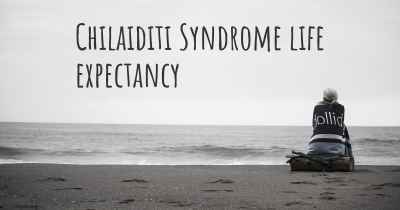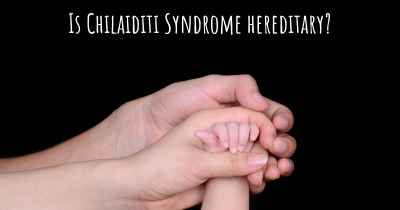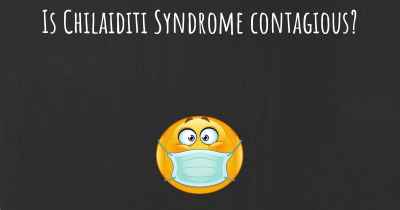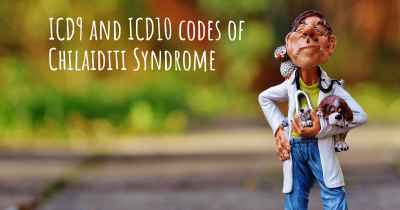10
Which are the causes of Chilaiditi Syndrome?
See some of the causes of Chilaiditi Syndrome according to people who have experience in Chilaiditi Syndrome
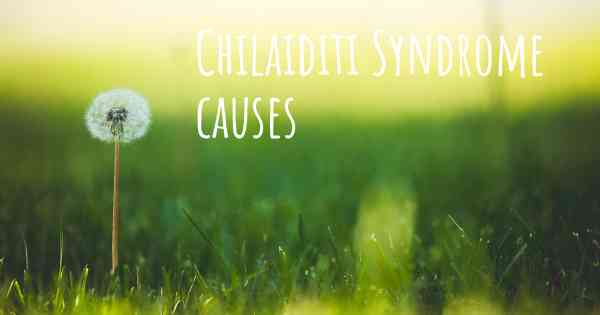
Chilaiditi Syndrome is a rare condition characterized by the interposition of the colon between the liver and the diaphragm. This anatomical anomaly can lead to various symptoms and complications, making it important to understand the underlying causes.
One of the primary causes of Chilaiditi Syndrome is a congenital or acquired anatomical variation in the position of the colon. In some individuals, the colon may be longer than usual or have a more mobile attachment to the abdominal wall. This can allow the colon to become trapped between the liver and the diaphragm, leading to the development of Chilaiditi Syndrome.
Another potential cause of Chilaiditi Syndrome is diaphragmatic dysfunction. The diaphragm is a dome-shaped muscle that separates the chest cavity from the abdominal cavity. If the diaphragm is weakened or paralyzed, it may not provide adequate support to keep the colon in its normal position. This can result in the colon becoming trapped and causing symptoms associated with Chilaiditi Syndrome.
Certain risk factors may increase the likelihood of developing Chilaiditi Syndrome. These include advanced age, chronic constipation, obesity, and conditions that affect the diaphragm or abdominal organs, such as chronic obstructive pulmonary disease (COPD), liver disease, or abdominal surgeries. These factors can contribute to the development of the anatomical abnormalities or diaphragmatic dysfunction that lead to Chilaiditi Syndrome.
The symptoms of Chilaiditi Syndrome can vary but commonly include abdominal pain, bloating, constipation, nausea, and difficulty breathing. In some cases, the condition may be asymptomatic and only discovered incidentally during imaging tests for unrelated reasons.
Complications of Chilaiditi Syndrome can arise, such as volvulus, which is the twisting of the trapped colon. This can lead to bowel obstruction, ischemia (lack of blood supply), or perforation, which require immediate medical attention.
Diagnosis of Chilaiditi Syndrome typically involves imaging studies, such as X-rays, computed tomography (CT) scans, or magnetic resonance imaging (MRI). Treatment options depend on the severity of symptoms and complications. Conservative management, including pain management, bowel rest, and correction of underlying risk factors, is often the first approach. In severe cases or when complications occur, surgical intervention may be necessary to reposition the colon or address any bowel obstruction.
In conclusion, Chilaiditi Syndrome is primarily caused by anatomical variations in the position of the colon and diaphragmatic dysfunction. Understanding the underlying causes and risk factors can help in the diagnosis and management of this rare condition. If you suspect you may have Chilaiditi Syndrome or are experiencing related symptoms, it is important to consult with a healthcare professional for proper evaluation and guidance.
Diseasemaps
